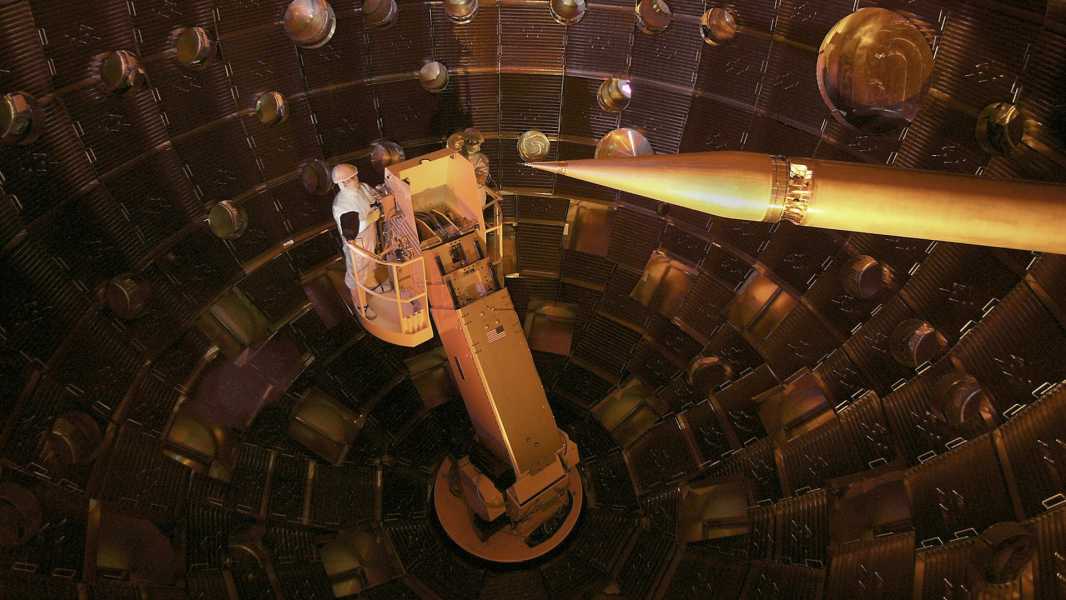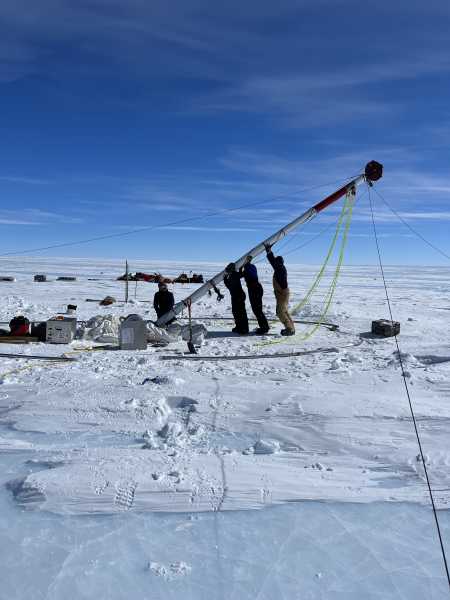
Inside the target chamber at the National Ignition Facility, where researchers are working to increase the energy output of nuclear fusion. (Image credit: Lawrence Livermore National Laboratory, Lawrence Livermore National Security, LLC, and Department of Energy: National Ignition Facility, public domain.)
Scientists' views on nuclear fusion changed dramatically in 2022, when an experiment some consider the experiment of the century showed for the first time that nuclear fusion could be a viable source of clean energy.
An experiment at Lawrence Livermore National Laboratory has demonstrated combustion: a fusion reaction that generates more energy than it puts in.
In addition, the last few years have seen multi-billion dollar investments in this area by private investors, mainly in the United States.
However, a number of engineering challenges need to be overcome before nuclear fusion can be scaled up to provide a safe and affordable source of virtually unlimited clean energy. In other words, it’s time for engineering solutions.
As engineers who have worked in both the fundamental science and applied engineering of nuclear fusion for decades, we have witnessed the science and physics of fusion reaching significant maturity over the past decade.
However, for fusion to become a viable commercial energy source, engineers will need to address many practical challenges. Whether the United States seizes the opportunity to become a global leader in fusion energy will depend in large part on the country’s willingness to invest in addressing these practical challenges—especially through public-private partnerships.
Construction of a thermonuclear reactor
Fusion occurs when two types of hydrogen atoms, deuterium and tritium, collide under extreme conditions. The two atoms literally fuse into one, heating up to 180 million degrees Fahrenheit (100 million degrees Celsius), ten times hotter than the core of the sun. For these reactions to occur, fusion power infrastructure would need to be able to withstand these extreme conditions.
Nuclear Scientist Marv Adams Explains What Happened During Successful Fusion Experiment – YouTube

See more
There are two approaches to achieving nuclear fusion in the laboratory: inertial fusion, which uses powerful lasers, and magnetic fusion, which uses powerful magnets.
While the “experiment of the century” used inertial fusion, magnetic fusion has yet to demonstrate its ability to generate power at breakeven.
Several private experiments aim to reach that goal by the end of this decade, and a major international project in France, ITER, also hopes to break even by the late 2030s. Both approaches use magnetic confinement fusion.
The problems that lie ahead
Both fusion methods face many common challenges that will require significant financial investment to overcome. For example, researchers must develop new materials that can withstand extreme temperatures and radiation conditions.
Fusion reactor materials also become radioactive as they are bombarded with high-energy particles. Scientists need to create new materials that can decay over a period of years to levels of radioactivity that can be safely and easily disposed of.
Ensuring sufficient fuel supply and its
Sourse: www.livescience.com





